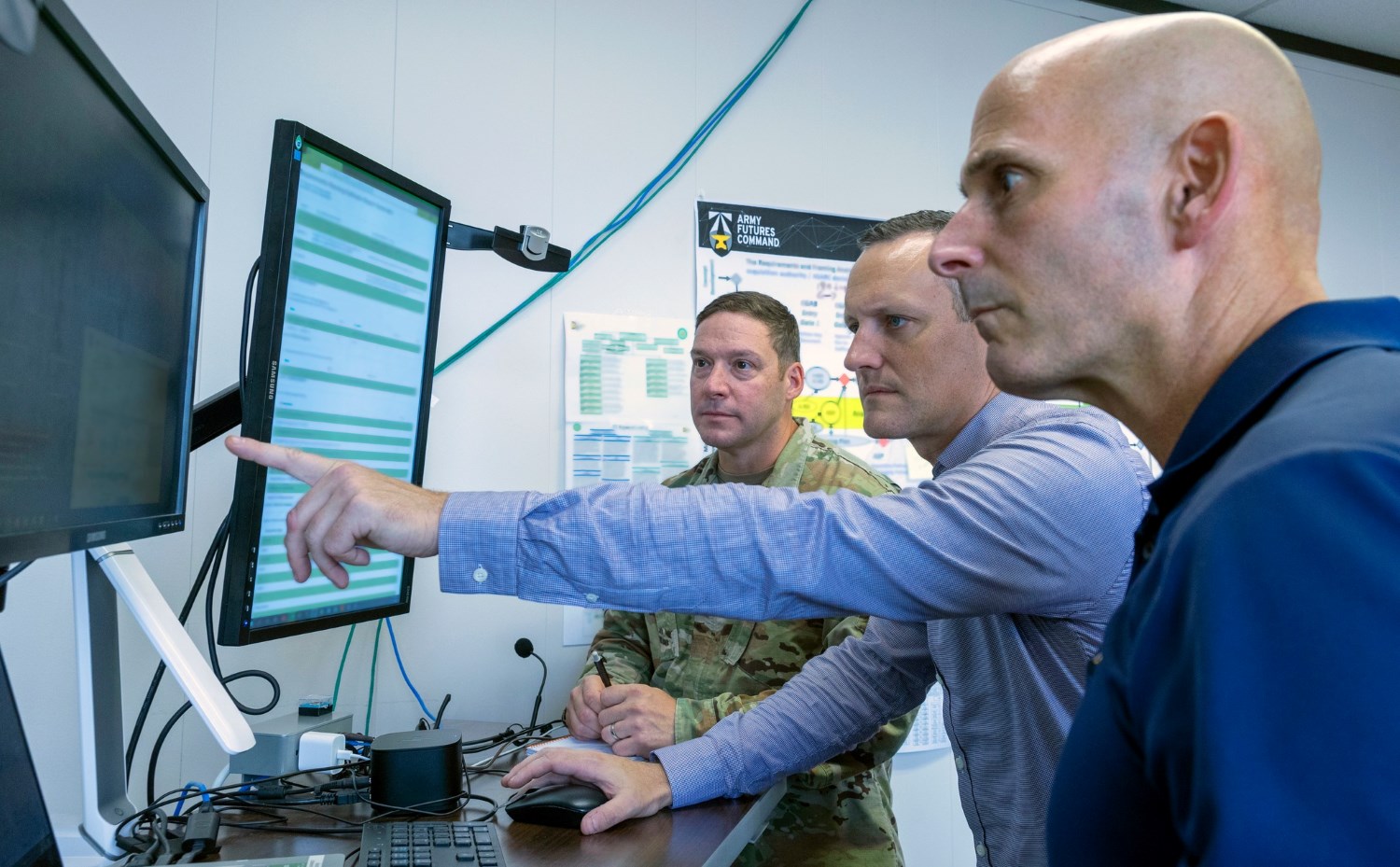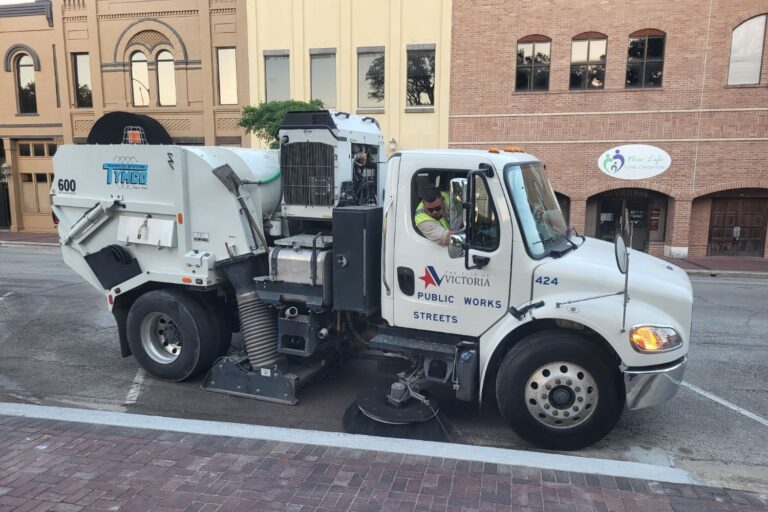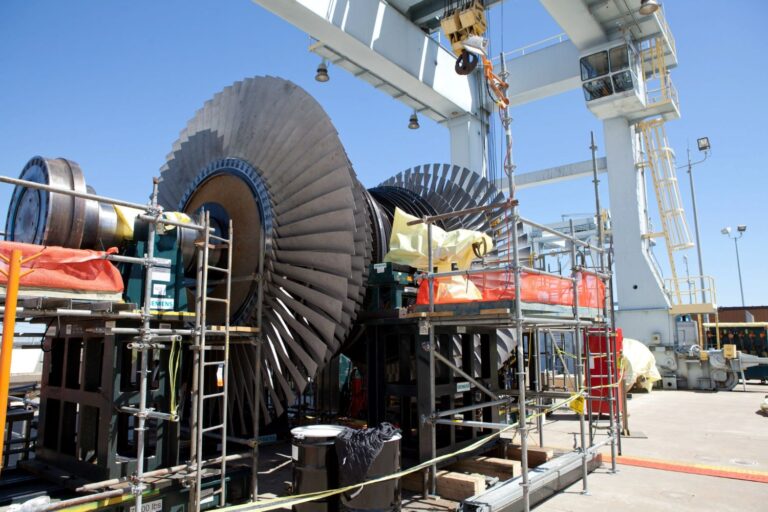How the DoD is Expanding Opportunities for Non-Traditional Defense Contractors
Innovation fuels the U.S. Department of Defense (DoD) in its race to maintain a technological edge and counter evolving global threats. With adversaries like China and Russia accelerating their military advancements, the stakes are higher than ever. To stay ahead, the DoD must outpace its competitors by swiftly adopting cutting-edge technologies in artificial intelligence, cybersecurity, and autonomous systems—tools that are reshaping the future of warfare.
To get to that future, Department of Defense (DoD) can no longer depend solely on industries that focus only on defense-related products and services. This is where non-traditional defense contractors, such as tech disruptors and startups have entered the scene.
These companies often bring fresh perspectives and cutting-edge technologies that traditional defense contractors may not offer. However, they face their own challenges that hinder the process of working with the DoD. Before diving deep into these unique roadblocks, let’s define non-traditional defense contractors.
How to Define Non-traditional Defense Contractors?
DFARS 202.101 defines a “nontraditional defense contractor” as an entity that has not been engaged in any Department of Defense (DoD) contract or subcontract requiring full compliance with Cost Accounting Standards (CAS) for at least one year before the DoD’s solicitation for procurement.
Most entities qualify as nontraditional defense contractors because they are either small businesses exempt from CAS requirements, perform contracts exclusively under commercial procedures, operate solely under firm-fixed-price (FFP) contracts with adequate price competition, or have conducted less than $50 million in CAS-covered efforts during the preceding cost accounting period.
In simpler terms, a nontraditional defense contractor is a company that has not been involved in DoD contracts requiring detailed cost accounting practices for at least a year before the DoD seeks new sources for procurement.
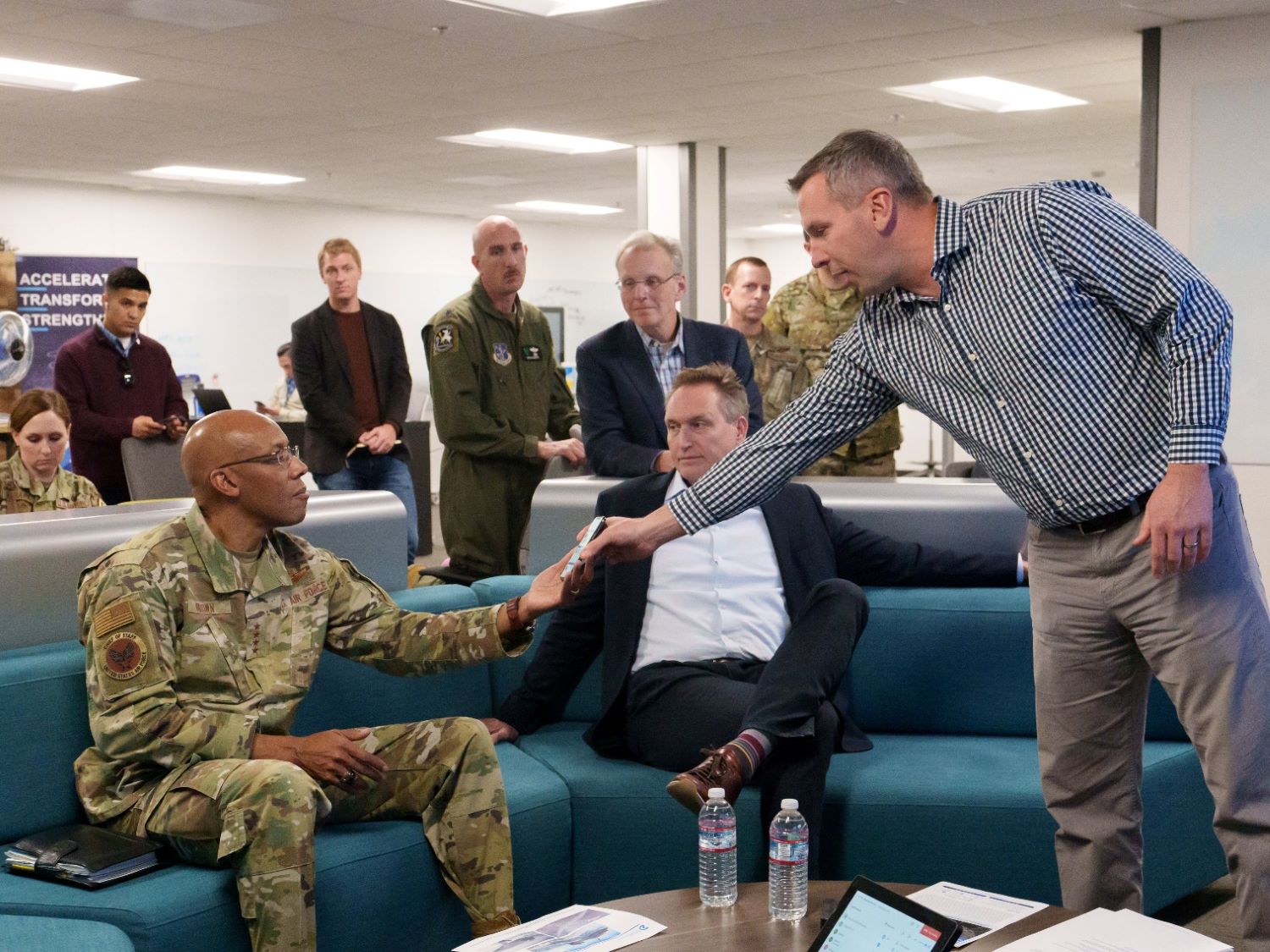
According to Stan Soloway, President & CEO of Celero Strategies, LLC, the term “non-traditional” typically refers to a company that could range from a major player to a startup. These companies either have an established capability or are in the process of developing one. Depending on their customers, they may offer something already demonstrated or collaborate on its development. While the capability might be available across the commercial spectrum, if it hasn’t been used in government applications, it becomes a point of interest.
“Non-traditional” specifically relates to the portion of the company’s work that involves federal contracts. This often hinges on the percentage of business subject to unique government regulations, particularly cost accounting standards, with a typical threshold of around 25%.
Essentially, a non-traditional company is one that doesn’t have a substantial portion of its business tied to federal contracts, aside from possibly selling basic commodities like shrink-wrap items.
The Department of Defense’s (DoD) Growing Reliance on Non-Traditional Contractors
The U.S. military’s reliance on commercial industry dates back to the Revolutionary War, where civilian shipbuilders and gunsmiths supported war efforts. This collaboration persisted during World War II, as automotive and electronics manufacturers adapted their production lines to meet military demands.
However, the post-war era saw the rise of a specialized defense industrial base, driven by increasingly complex military requirements. Unique specifications, rigorous compliance standards, and lengthy contracting cycles created barriers for commercial firms, isolating the defense sector from broader market innovations. This shift led to a defense market dominated by traditional contractors, often at the expense of cost efficiency and technological agility.
Recognizing the limitations of this specialized system, policymakers in the late 20th century sought to lower barriers and integrate nontraditional contractors—firms that traditionally did not do business with the military. The 1986 Packard Commission emphasized adopting commercial practices and technologies to improve defense procurement efficiency. Legislative reforms like the Federal Acquisition Streamlining Act (FASA) of 1994 and the Federal Acquisition Reform Act (FARA) of 1996 marked significant milestones.
These reforms prioritized acquiring commercial items, simplified contracting processes, and allowed the Department of Defense (DoD) to leverage the innovation and cost advantages of the private sector.
Notable examples highlight the impact of nontraditional contractor involvement. The Joint Direct Attack Munition (JDAM) program, which transformed unguided bombs into precision weapons, showcased how integrating off-the-shelf components reduced costs while enhancing capability.
Firms like SpaceX have disrupted the defense launch industry by providing affordable, reusable rocket technology, breaking the monopoly of traditional aerospace giants. Nontraditional contractors have also driven advancements in software, artificial intelligence, and cybersecurity, critical areas where commercial innovation often outpaces government research.
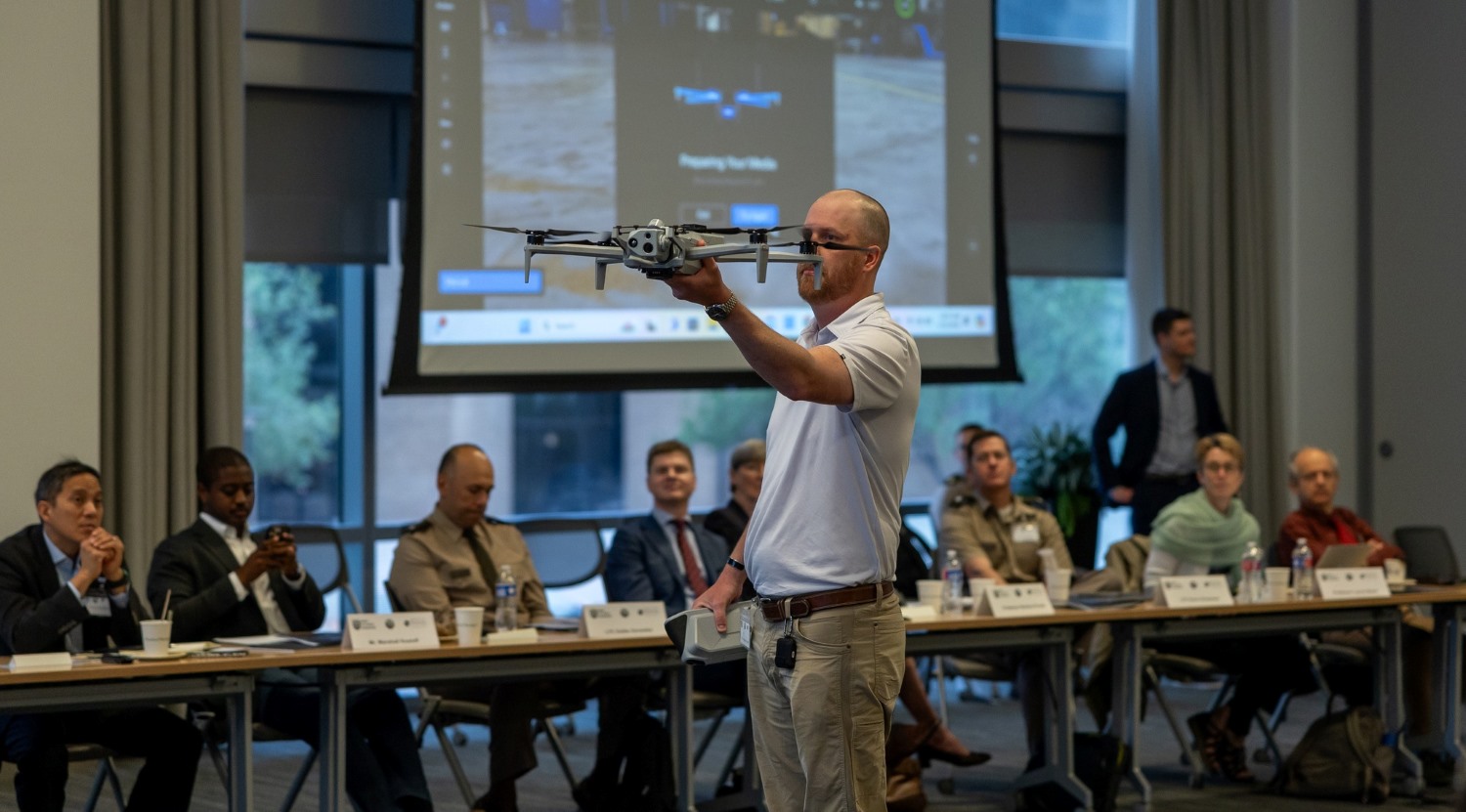
Between 2015 and 2018, OTA spending surged from $845 million to $3.98 billion, with the DoD accounting for 93% of this increase.
Recent data shows that out of $5.8 billion obligated through OTAs, $1.9 billion was directed to individual companies, while $3.8 billion went to consortia or consortium management companies. This allocation strategy allows the DoD to tap into a broad network of innovators and rapidly prototype new technologies.
Historically, the federal government’s share of R&D spending has declined, dropping from 65% in 1965 to 22% in 2017. This reduction has prompted the DoD to seek innovative solutions from nontraditional contractors, who often bring fresh perspectives and cutting-edge technologies.
In FY2022, the DoD’s contract obligations were almost evenly split between services (49%) and goods (51%), reflecting the diverse needs of the department. This balanced approach ensures that the DoD can meet its operational requirements while fostering innovation through partnerships with nontraditional contractors.
The Beauty of Non-traditional Defense Contractors
The Department of Defense (DoD) has been increasingly leveraging nontraditional contractors due to their critical contributions in two main areas: technological innovation and cost efficiency.
Bringing Technological Advancement to the DoD
Non-traditional contractors bring significant technological advancements to the DoD by providing access to cutting-edge technologies and global R&D efforts. These contractors often operate in innovative fields such as networking, robotics, and autonomous systems, which are rapidly evolving in the commercial sector.
For instance, advances in autonomous land, underwater, and flying vehicles are areas where commercial markets are leading, offering the DoD access to state-of-the-art technologies that might be too costly or risky to develop independently.
Companies like Boston Dynamics, known for its advanced robotics, have developed autonomous land robots such as Spot and Atlas. These robots have potential military applications for tasks like reconnaissance and logistics support, providing the DoD with state-of-the-art technology that would be prohibitively costly or risky to develop independently.

Similarly, Oceaneering International specializes in underwater robotics, offering advanced autonomous underwater vehicles (AUVs) that can be used for underwater surveillance, mine detection, and other naval operations.
In the game of autonomous flying vehicles, companies like Zipline and AeroVironment are leading the way. Zipline, a pioneer in drone delivery technology, has developed systems that can be adapted for military use, such as delivering supplies to remote or hazardous locations.
AeroVironment, on the other hand, develops small unmanned aerial systems (UAS) used for intelligence, surveillance, and reconnaissance (ISR) missions. Their drones, like the Raven and Puma, are widely used by the military, providing critical capabilities in various operational scenarios.
Non-traditional contractors also contribute to materials research, developing lighter, stronger, and less expensive materials for weapons platforms. Innovations in manufacturing technologies, including 3-D printing, have the potential to revolutionize the construction of military platforms, ensuring the DoD remains at the forefront of technological advancements.
Companies like Carbon and Relativity Space are at the forefront of 3-D printing innovations, developing lighter, stronger, and less expensive materials that can be used in weapons platforms.
Offer Significant Cost-Saving Benefits To the DoD
Besides technological advancements, non-traditional contractors offer significant cost-saving benefits to the DoD.
For example, the rapid production and fielding of MRAPs during the Iraq and Afghanistan conflicts were made possible by tapping into the capabilities of the commercial tire, automotive, and truck industries. This allowed the DoD to quickly and cost-effectively meet urgent operational needs.
The research said, “The ability to rapidly produce and field MRAPs during the Iraq and Afghanistan conflicts was a direct result of tapping into the capabilities of the commercial tire, automotive, and truck industries. Components and manufacturing techniques from many commercial segments could prove useful to the DoD. For example, General Dynamics’ NASSCO shipyard, which builds U.S. Navy support ships, has revamped its shipbuilding operations by partnering with a South Korean firm and learning commercial best shipbuilding practices, resulting in reduced costs and enhanced performance.”
Another example is the use of Energy Savings Performance Contracts (ESPCs), which enable the DoD to implement energy-efficient technologies without upfront costs. Companies like Ameresco have partnered with the DoD to upgrade energy systems at military installations, resulting in substantial cost savings over time.
In addition, the integration of commercial logistics and supply chain management practices has proven highly beneficial for the DoD. For example, the adoption of commercial logistics tracking technologies, initially developed under DARPA contracts, has significantly improved efficiency and reduced costs in DoD operations.
One notable initiative is DARPA’s LogX program, which aims to develop real-time logistics and supply chain system situational awareness. This program leverages advanced software for diagnosis, future state prediction, and resilience, enhancing the DoD’s ability to manage its vast logistics enterprise.
By utilizing these commercial technologies, the DoD can achieve a coherent and detailed understanding of its logistics systems, reducing the ripple and bullwhip effects that cause disruptions and inefficiencies.
The commercial sector’s advancements in logistics information systems, which have migrated to digital formats and the cloud, provide the DoD with tools to streamline operations and improve readiness. This integration not only saves costs but also ensures that the DoD can maintain high levels of operational efficiency and effectiveness.
Challenges Facing Non-traditional Defense Contractors
Despite being highly beneficial to the DoD, non-traditional contractors still encounter significant challenges.
According to a report by the RAND Corporation, researchers conducted interviews with personnel from companies in industries of interest to the DoD, as well as with DoD personnel who work with suppliers. These interviews revealed several shared experiences that made some suppliers less willing to bid on DoD contracts.
The first reason is because of a lack of access to and communication from the DoD.
Limited Connectivity and Communication Gaps with DoD
The most commonly reported barrier for nontraditional suppliers was a lack of access to and responsiveness from the DoD. Firms had numerous questions about the bidding process, their qualifications, technical requirements of RFPs, and unsuccessful bids, but often could not get adequate responses. Many reported that even when they did receive responses, they were often vague or circular. Technical questions were particularly frustrating, as firms wanted to ensure they met all customer needs but found the RFPs and responses too general to develop detailed bids.

In the report, as one interviewee stated, “My biggest complaint would be you cannot talk to anybody; you cannot talk to a contracting officer. You can call them ten times, you can email them five times; you cannot talk to anyone. Ever.” Similarly, several firms reported that when they did get responses, they were often vague, general, or circular; for example, a question about an RFP was referred back to the RFP for the answer.
Post-award communication was also problematic. Many firms were unaware of when and where award decisions were announced or how to get feedback on their proposals if they did not win. Requests for this information often went unanswered, making it difficult for firms to improve future bids. This lack of communication and follow-up points of contact was a significant barrier for nontraditional suppliers.
Lengthy, Complicated, and Ineffective Procurement Procedures
The report highlights that the second most-frequent barrier reported by business owners is the costly, extensive, complex, and inefficient bidding process. Business owners indicated that fully understanding an RFP and developing a successful bid required knowledge of the Federal Acquisition Regulation (FAR) and federal contracting procedures comparable to that of DoD contracting officers.
Acquiring this knowledge is expensive and time-consuming, deterring many firms, especially given the low success rate of winning DoD contracts. Small businesses, in particular, struggle to afford the specialized knowledge needed to bid successfully.
Additionally, the extensive regulations result in RFPs and associated bids that are significantly larger than those for private sector or state and local government contracts. For instance, one interviewee noted that a bid for the state of California is typically one-third the size of a bid for the DoD. This leads to bid and proposal costs ranging from $25,000 to $1,000,000. Interviewees estimated that obtaining DoD contracts could require 10 to 500 percent more resources than commercial contracts.
The inefficiencies in the DoD bidding process, such as the need to repeatedly produce the same background material for each bid (e.g., employee resumes, company boilerplate), further add to the extensive and costly nature of the process.
Contract Oversight and Administration
The report also identified problematic contract management by the Defense Contract Management Agency (DCMA) and the Defense Contract Audit Agency (DCAA) as a significant barrier. Companies reported that these agencies sometimes made executing contracts and receiving payments difficult.
Correcting errors in contracts, whether made by the bidder or the DoD, was particularly challenging and could take months or even years, especially if contract management had shifted from the original contracting officer to DCMA. Additionally, the distribution of final contract funds could be delayed for years due to large DCAA backlogs.
Although these funds were often a small percentage of the contract award, they were crucial for the budgets of small businesses. The high volume of work faced by DoD contracting staff and turnover in contract management also led to lengthy delays and inconsistent answers to questions.
These issues echoed concerns from earlier analyses about the need for specialized units or employees and unique accounting procedures, as well as concerns about the capabilities of DoD personnel.
Prolonged Funding Approval Process
The fourth most frequently cited barrier was the lengthy timelines for bidding and funding, which could deter future work. The extended period between the submission of a bid and the award of the first payment was particularly problematic.
One notable example was the funding gap between Phase 1 and Phase 2 of SBIR projects, highlighting the broader issue of inadequate support for developing new technology, especially in the “valley of death” between initial research funding and prototype development.
More generally, the time between submission and award posed significant challenges for small and new businesses with limited capital to sustain operations. Delays in the timeline could also lead to obsolescence of the proposed solutions.
Sudden ends to delays, due to insufficient communication, sometimes resulted in funding being provided with little warning, before firms were ready. Furthermore, the federal budget process occasionally led to funding cancellations even after contracts were awarded, despite this not being supposed to happen. Multiple firms reported experiencing such cancellations, adding to the uncertainty and financial strain.
The DoD Efforts to Help Non-traditional Defense Contractors
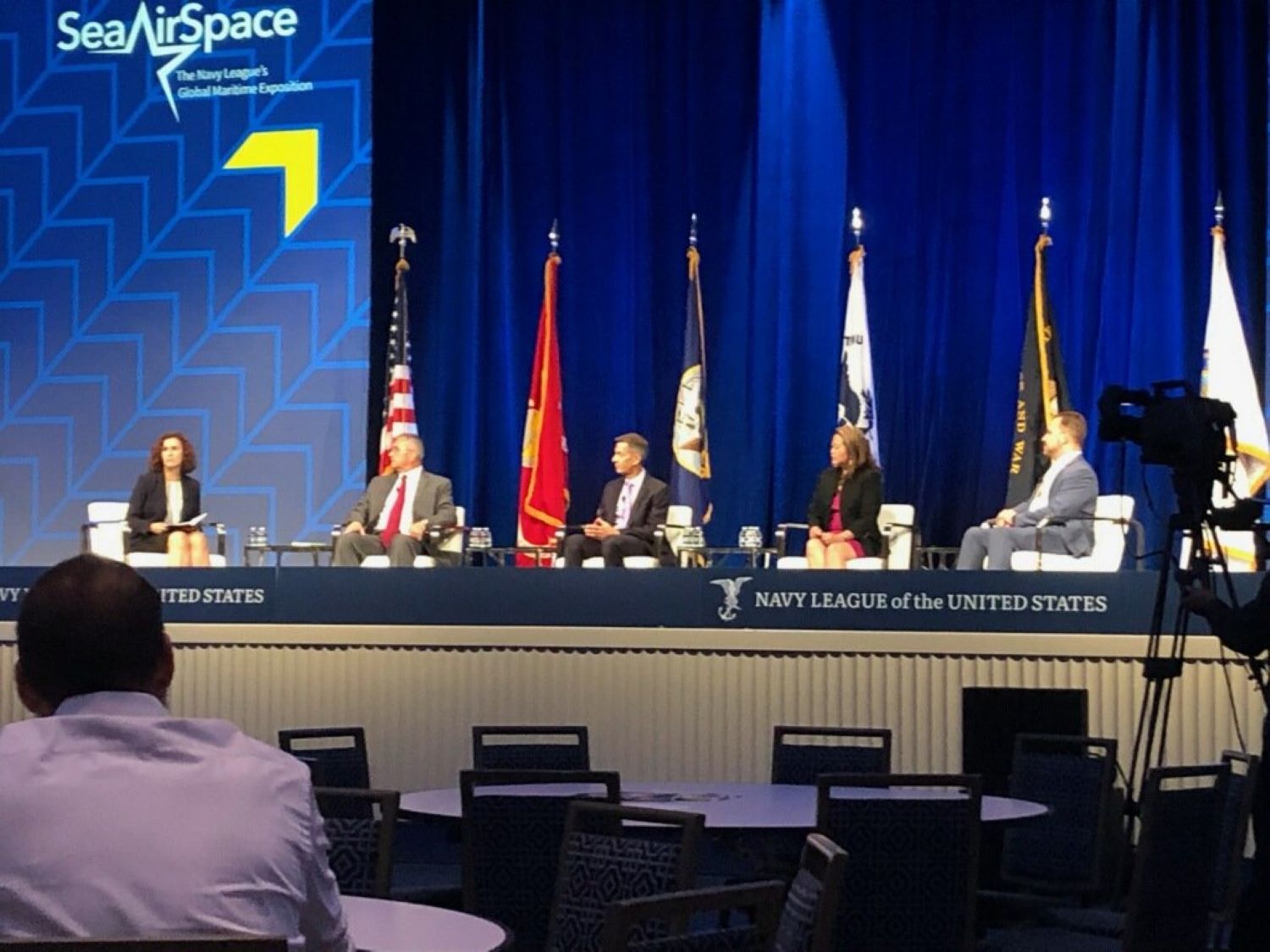
To overcome these challenges, the Department of Defense (DoD) has turned to Other Transaction Authorities (OTAs) as a way to simplify the procurement process and minimize bureaucratic obstacles.
Besides, the CSO initiative enables the DoD to acquire innovative commercial products and services through a simplified process. This initiative encourages participation from non-traditional contractors by simplifying the acquisition process.
In addition, the DoD uses Small Business Innovation Research (SBIR) and Small Business Technology Transfer (STTR) Programs to provide funding and support to small businesses and startups, helping them develop and commercialize new technologies for the DoD.
For example, SBIR funding helped Luna Innovations develop fiber optic sensing technology now used in military aircraft. The STTR program facilitated a partnership between a small business and a university to develop advanced materials for protective military gear.
We also have the Defense Innovation Unit (DIU) which plays a pivotal role in integrating cutting-edge commercial technology into the U.S. military, acting as a bridge between the Department of Defense (DoD) and innovative companies.
A prime example of DIU’s impact is its successful transition of a commercial artificial intelligence (AI) solution to predict maintenance needs for military aircraft, drastically reducing downtime and cutting maintenance costs. DIU also collaborated with a startup to create a wearable health monitoring device for soldiers, enabling real-time health data collection in the field.
To streamline the acquisition process and empower smaller, non-traditional companies, the DoD is working tirelessly to reduce bureaucratic barriers. The Adaptive Acquisition Framework (AAF) has been introduced to simplify procurement pathways, tailoring approaches to different types of acquisitions and cutting down on paperwork and compliance burdens.
The U.S. Navy’s NavalX Tech Bridges initiative is building regional innovation hubs, connecting the Navy with new, non-traditional partners. This initiative accelerates collaboration and reduces bureaucratic roadblocks, making the acquisition process more accessible, efficient, and ready for the future.

